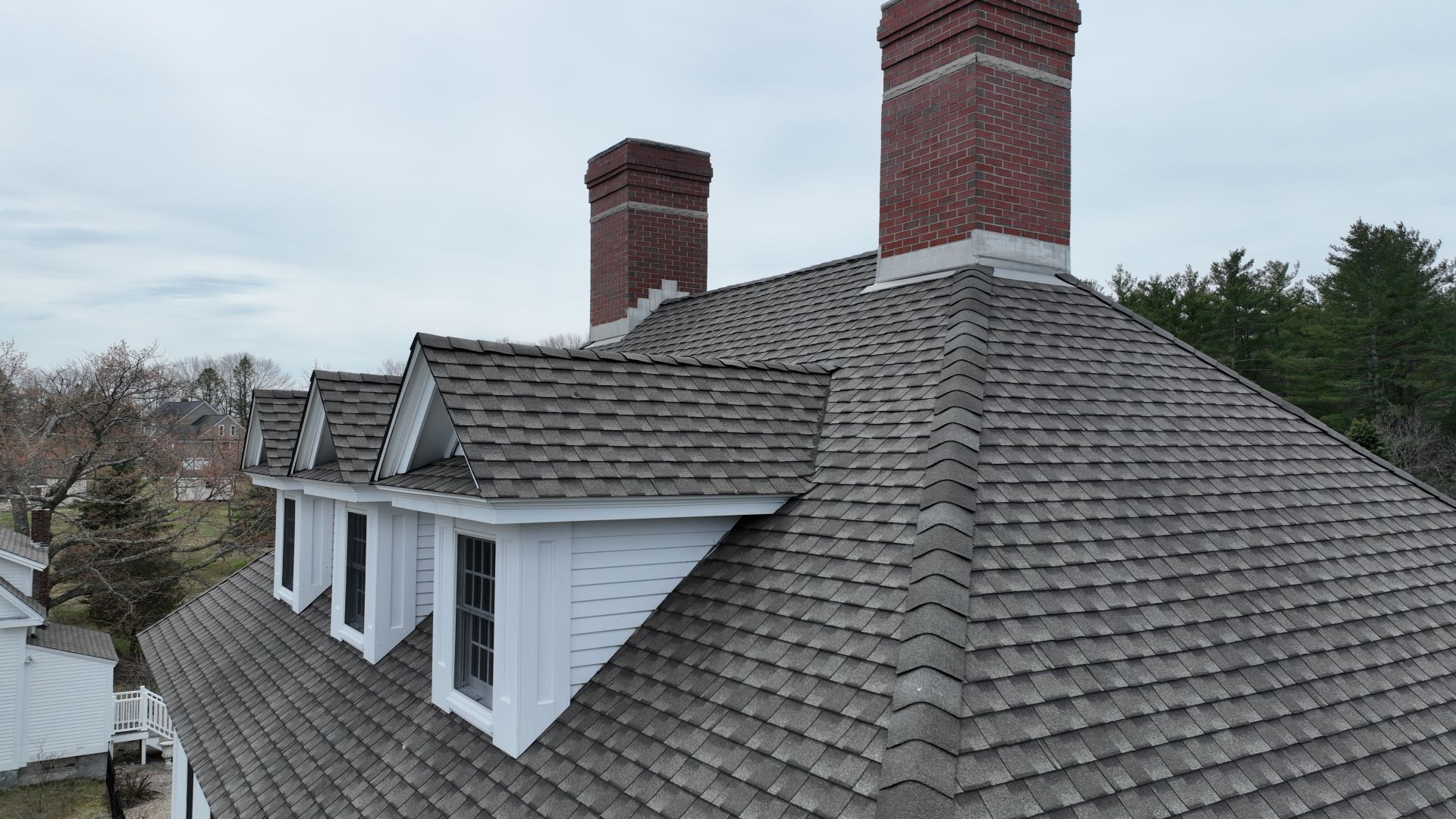Living in Kingston, your roof is much more than just the hat on your home; it’s a vital line of defense against rain, snow, and everything else nature throws your way. Keeping your roof in top shape doesn’t just protect your belongings but also helps maintain the comfort and safety of your home. Regular maintenance might seem like a hassle, but it goes a long way in preserving the lifespan of your roof, saving you money and worry in the long run.
Roofs in New England face unique challenges given the region’s ever-changing weather conditions. From heavy snowfall in winter to the occasional ice storm, these elements can cause wear and tear on shingles, gutters, and other rooftop components. By staying on top of routine checks and simple maintenance tasks, you can help your roof stand strong against the elements season after season. Let’s delve into some practical tips that will help you maintain a robust and reliable roof over your head.
Inspect Your Roof Regularly
Regular inspections are key to catching small problems before they turn into costly repairs. Taking the time to walk around your house and examine your roof as the seasons change can make a significant difference. When inspecting your roof, keep an eye out for:
– Missing or Damaged Shingles: These are often the first signs of trouble. High winds or storms can rip shingles away, leaving your roof vulnerable.
– Cracks or Peeling: Check for cracks or peeling on your roof’s surface. This could indicate aging materials in need of replacement.
– Debris Accumulation: Leaves, twigs, and other debris can gather in valleys or near chimneys, trapping moisture and potentially leading to rot.
Given Kingston’s unpredictable weather, aim to inspect your roof two to three times a year. This schedule helps ensure you’re not overlooking early signs of damage, especially after harsh winter seasons or stormy springs. You don’t have to become a roofing expert overnight, but knowing what to look for makes it easier to spot issues early. Your efforts can keep your roof in good condition, saving you the worry of unexpected repairs.
Keep Gutters And Downspouts Clean
Gutters and downspouts may not be glamorous, but they play a crucial role in maintaining the health of your roof. They direct rainwater away from your foundation, which can prevent a host of problems like leaks or erosion. Keep them clean to avoid clogs that might cause water to back up under your shingles. Here’s how to keep them working smoothly:
– Routine Cleaning: Make it a habit to check and clear gutters and downspouts of leaves and debris every few months.
– Install Gutter Guards: These simple devices can prevent leaves and large debris from entering your gutter system.
– Ensure Downspouts Are Secure: Make sure they direct water at least three feet from your foundation to prevent water damage.
Taking a few minutes each season to check your gutters helps safeguard your home from potential water damage. You’ll find that regular attention to these details not only preserves the integrity of your roof but also contributes to the overall well-being of your property. If you notice signs that your gutters need more than a quick clean-up, it might be time to bring in a professional to assess and fix any underlying issues.
Trim Overhanging Branches
Trees can be both a blessing and a curse when it comes to protecting your home. While they provide shade and beauty, their branches can pose a threat to your roof if they grow too close. Overhanging branches can brush up against shingles during windy days or drop leaves and other debris directly onto your roof. This leads to potential damage, including scratches on shingles and blocked gutters from fallen leaves.
To keep your roof safe, you should regularly trim any branches that hang over it. Here are some helpful tips:
– Safety First: Always use the proper tools and wear the necessary safety gear when trimming branches. If you’re unsure, it’s wise to hire a professional arborist to handle the job.
– Determine the Right Timing: Spring is usually a good time to trim branches before the full growth of summer foliage.
– Prevent Overgrowth: Regular trimming encourages healthy tree growth and minimizes the risk of larger limbs falling during storms.
By keeping your trees well-trimmed, you reduce the chances of accidental damage and help ensure the longevity of both your trees and your roof.
Address Roof Repairs Promptly
When you spot an issue with your roof, it’s important to fix it quickly. Ignoring small problems can lead to bigger, more expensive repairs down the line. Common issues that require fast attention are leaks, curling shingles, and cracked seals around vents or chimneys.
Handling repairs promptly is essential for:
– Avoiding Further Damage: A small leak can turn into significant water damage if left unaddressed.
– Maintaining Energy Efficiency: Repairs help prevent heat loss during winter, keeping your home cozier.
– Preserving Home Value: A well-kept roof is attractive to potential buyers, should you decide to sell.
Consider reaching out to a professional who has the tools and expertise to handle roof repairs efficiently. They can ensure the job gets done right the first time, saving you from future headaches.
Prepare Your Roof for Seasonal Changes
Each season brings its own challenges, so preparing your roof accordingly ensures it withstands the weather. As spring approaches, use this time to check for any damage winter storms may have caused. Here are some steps to follow:
– Inspect for Winter Damage: Look for signs of ice dam damage or heavy snow loads that may have stressed the structure.
– Ensure Proper Ventilation: Check that your attic ventilation is working well to help regulate temperatures and prevent moisture buildup.
– Reinforce Materials: Consider applying a fresh layer of protective coating if your roof design allows it, adding an extra layer of resilience against rainstorms.
Adapting your maintenance to the seasons means fewer surprises when the weather shifts. Being proactive about these changes not only protects your roof but also gives you peace of mind.
Ensuring Roof Longevity with Professional Help
Regular maintenance and timely repairs play a big role in keeping your roof in top shape. By staying vigilant and addressing issues as they arise, you extend the life of your roof and prevent costly repairs. Beyond your routine checks, consider professional roofing services for in-depth inspections and more complex repairs. Professionals have the knowledge and equipment to spot issues that might go unnoticed to the untrained eye.
By working with experts, you gain the confidence of knowing your roof is well taken care of. Don’t underestimate the value of professional help when it comes to such an important part of your home. Taking these steps can lead to years of reliable protection and add to your home’s overall value.
Don’t let your roof issues linger. For expert guidance and reliable solutions, trust J. Carnes & Son Roofing to keep your home protected year-round. Learn more about Kingston residential roofing and take the first step toward a stronger, longer-lasting roof today.



